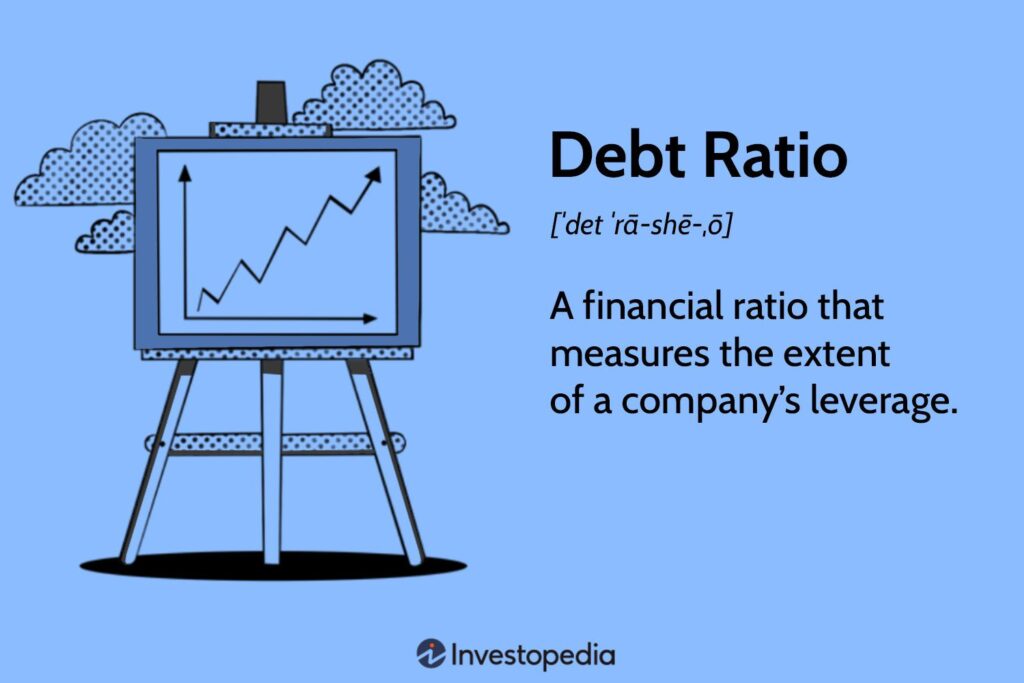Financial stability is a goal that many individuals aspire to achieve, yet it often remains elusive. In a world of economic uncertainties and fluctuating markets, securing your financial well-being requires deliberate planning and disciplined execution. Here are seven key steps to consider:
Establish Clear Financial Goals
The foundation of financial stability begins with clear, achievable goals. Take the time to assess your short-term and long-term financial aspirations. Do you aim to buy a home, start a business, or retire comfortably? Setting specific, measurable goals enables you to create a roadmap for your financial journey and provides clarity on the steps needed to accomplish them.
Create a Budget and Stick to It
A budget serves as your financial compass, guiding your spending and saving habits. Calculate your monthly income and expenses to gain insight into your financial habits. Differentiate between essential expenses, such as housing, utilities, and groceries, and discretionary spending, such as dining out and entertainment. Allocate a portion of your income towards savings and investments to build a financial cushion for the future.
Build an Emergency Fund
Life is unpredictable, and unexpected expenses can arise when least expected. Establishing an emergency fund acts as a safety net during times of financial strain or unforeseen circumstances, such as medical emergencies or job loss. Aim to save three to six months’ worth of living expenses in a liquid, easily accessible account, such as a savings account or money market fund.
Manage Debt Wisely
Debt can be a significant obstacle to financial stability if not managed prudently. Prioritize paying off high-interest debt, such as credit card balances, while making minimum payments on other debts. Consider consolidating debt or negotiating lower interest rates to alleviate financial strain. Adopting a disciplined approach to debt repayment can accelerate your journey toward financial freedom.
Invest in Your Future
Investing is a cornerstone of wealth accumulation and financial stability. Explore various investment options, such as stocks, bonds, mutual funds, real estate, and retirement accounts, based on your risk tolerance and financial goals. Diversify your investment portfolio to mitigate risk and maximize returns over the long term. Take advantage of employer-sponsored retirement plans, such as 401(k) or IRA accounts, to save for retirement and benefit from tax advantages.
Protect Your Assets
Safeguarding your assets against unforeseen risks is essential for preserving your financial stability. Obtain adequate insurance coverage for health, life, disability, auto, and homeownership to mitigate potential financial losses. Review your insurance policies regularly to ensure they align with your current needs and circumstances. Additionally, consider estate planning strategies, such as wills and trusts, to protect your assets and provide for your loved ones in the event of incapacity or death.
Continuously Educate Yourself
The financial landscape is constantly evolving, requiring individuals to stay informed and adapt to changing circumstances. Invest in financial literacy by reading books, attending seminars, and consulting with financial advisors to enhance your understanding of personal finance concepts and investment strategies. Empower yourself to make informed decisions that support your long-term financial well-being.
Budget and Stick
it seems like your message got cut off. Could you please provide more context or clarify your request? Are you referring to the section on creating a budget and sticking to it from the article on financial stability? Let me know how I can assist you further.
Protect Your Assets
Protecting your assets is a crucial aspect of achieving financial stability and security. Your assets represent the culmination of your hard work, investments, and savings over time, and safeguarding them against potential risks is essential. Here are several key strategies to consider when aiming to protect your assets:
Insurance Coverage
Insurance serves as a primary line of defense against various risks that could jeopardize your financial well-being. Assess your insurance needs across different aspects of your life:
Health Insurance: Ensure you have adequate health insurance coverage to mitigate the financial burden of medical expenses in the event of illness or injury.
Life Insurance: Consider obtaining life insurance coverage to provide financial protection for your loved ones in the event of your passing. Life insurance proceeds can help cover funeral expenses, outstanding debts, and provide financial support for dependents.
Auto Insurance and Homeowners/Renters Insurance: Maintain appropriate coverage for your vehicles and property to mitigate financial losses resulting from accidents, theft, or property damage.
Estate Planning
Estate planning involves creating a comprehensive strategy to manage and distribute your assets according to your wishes, both during your lifetime and after your passing. Key components of estate planning include:
Wills and Trusts: Draft a legally binding will to outline your preferences for asset distribution and designate beneficiaries. Consider establishing trusts to manage and protect assets for specific purposes, such as providing for minor children or preserving wealth for future generations.
Power of Attorney: Designate trusted individuals to act on your behalf in financial and legal matters through a power of attorney agreement. This ensures continuity and proper management of your affairs in the event of incapacity.
Healthcare Directives: Create advance directives, such as a healthcare proxy or living will, to specify your preferences for medical treatment and end-of-life care in case you are unable to communicate your wishes.
Asset Protection Strategies
Implementing asset protection strategies can shield your wealth from potential creditors, lawsuits, and other financial threats. Some common asset protection techniques include:
Asset Titling: Structure asset ownership in a way that minimizes exposure to liability. Consider holding assets in separate legal entities, such as limited liability companies (LLCs) or trusts, to provide an additional layer of protection.
Retirement Accounts: Assets held in qualified retirement accounts, such as 401(k)s and Individual Retirement Accounts (IRAs), are often afforded creditor protection under federal and state laws. Maximize contributions to retirement accounts to shield assets from potential claims.
Homestead Exemption: Take advantage of homestead exemption laws, which vary by state, to protect equity in your primary residence from creditors and legal judgments.
Insurance Riders: Explore the availability of insurance policy riders or endorsements that offer enhanced coverage for specific assets or liabilities, such as personal articles insurance for valuable possessions.
In conclusion, protecting your assets requires proactive planning, prudent decision-making, and periodic reassessment of your financial strategies. By securing adequate insurance coverage, implementing comprehensive estate planning measures, employing asset protection strategies, and staying vigilant through regular reviews, you can safeguard your wealth and achieve greater peace of mind in the face of potential risks and uncertainties. Consult with financial advisors, attorneys, and insurance professionals to develop a customized asset protection plan tailored to your specific needs and objectives.



